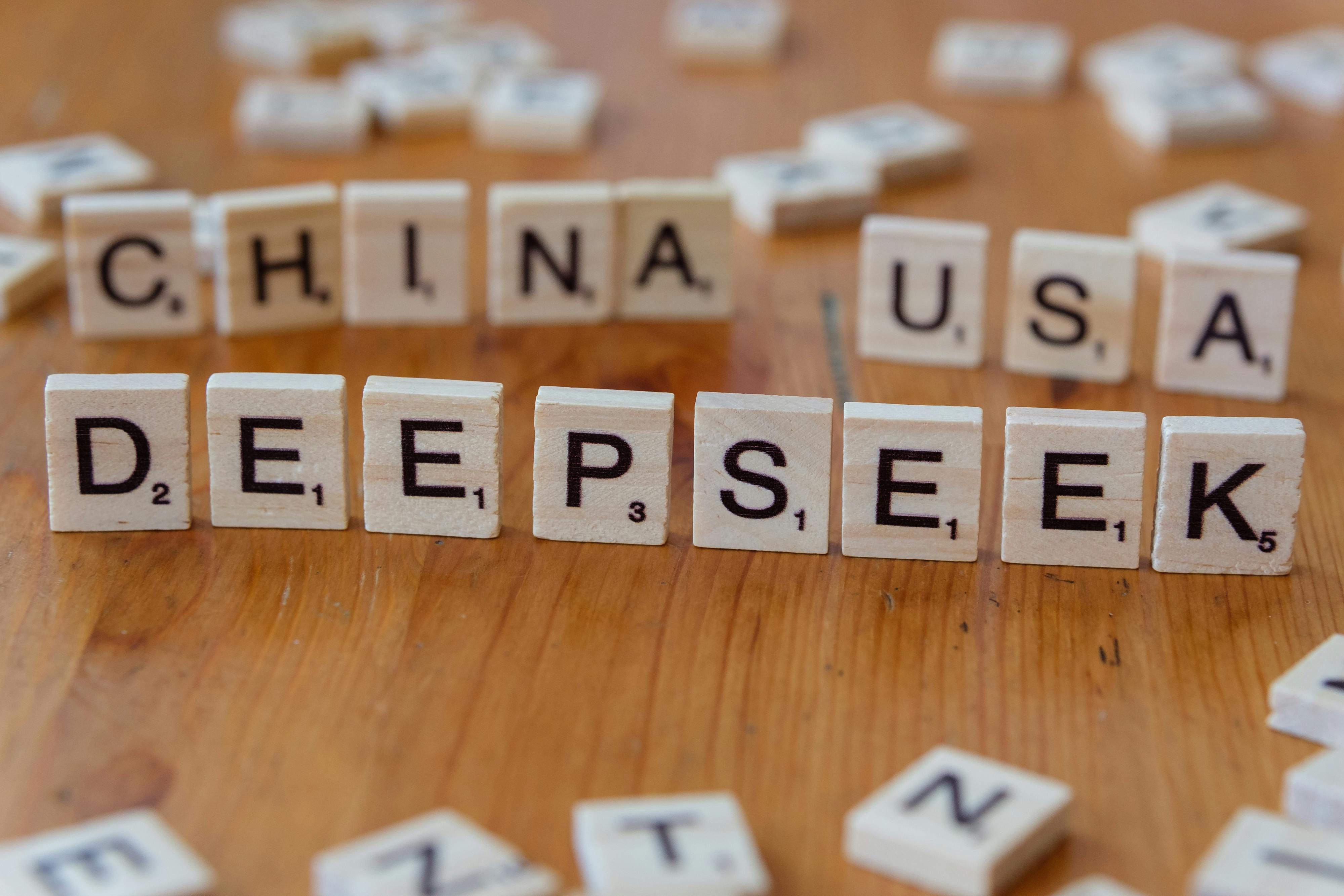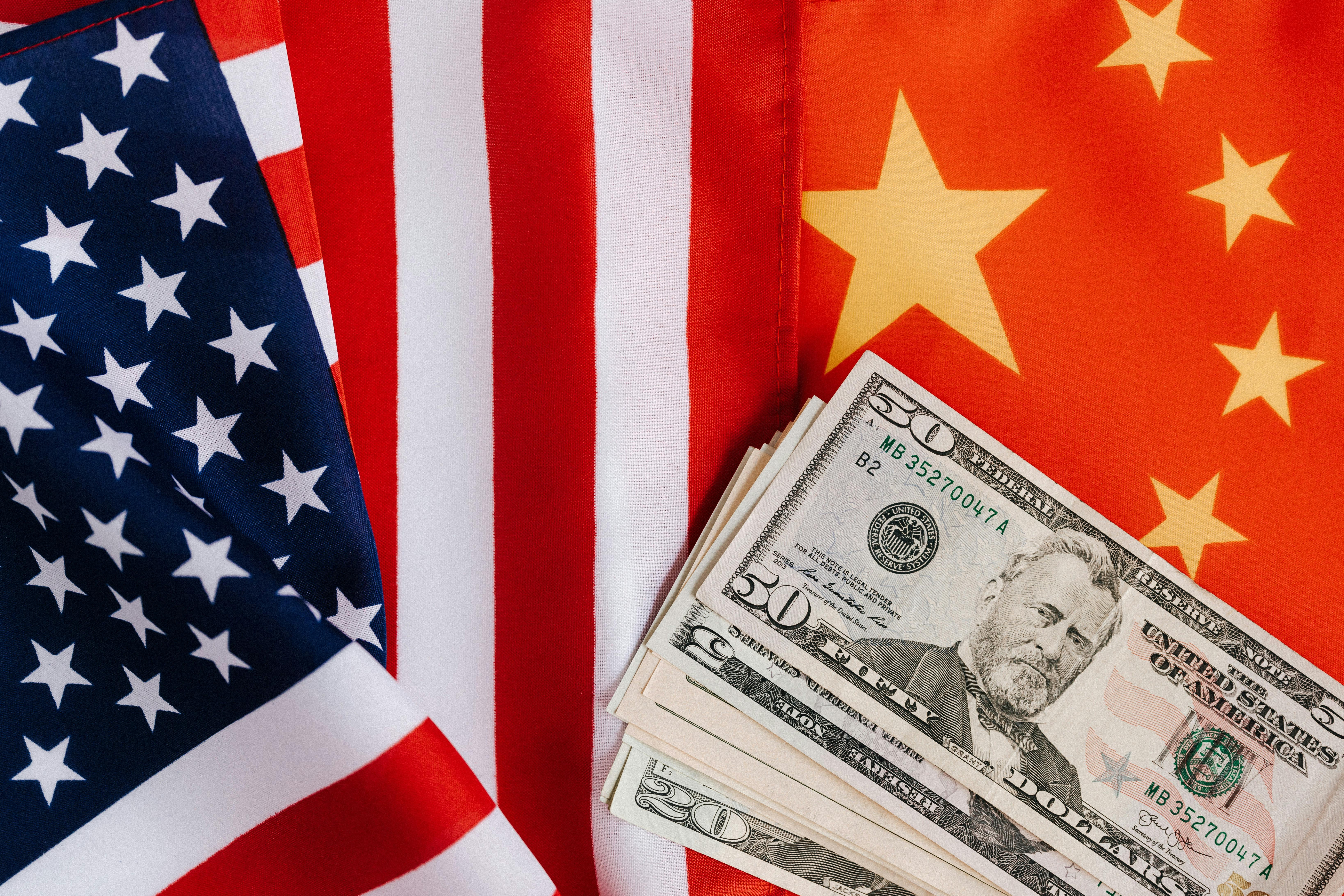US Eases Tech Export Restrictions to China
🕓 Estimated Reading Time: 5 minutes
- The US Commerce Department has adjusted certain technology export restrictions previously imposed on China, signaling a shift in bilateral trade policy.The move aims to balance national security concerns with the economic interests of American technology firms and global supply chain stability.Analysts suggest this recalibration could foster dialogue and potentially ease broader tensions between Washington and Beijing.While a step towards de-escalation, specific restrictions on advanced technologies and companies like Huawei remain subject to scrutiny.The policy change reflects a nuanced approach to managing complex economic and geopolitical dynamics in the tech sector.
Overview
The United States has signaled a notable shift in its trade posture, with the Commerce Department easing certain US tech exports China restrictions, indicating a potential recalibration of Washington's strategy regarding technological engagement with Beijing. This development, confirmed by official statements from the Department of Commerce, marks a significant departure from the more aggressive stance seen in recent years, which prioritized national security over commercial flow. The adjustments are expected to impact a range of American technology companies and their Chinese counterparts, potentially opening new avenues for collaboration and trade in specific sectors. This move suggests an evolving understanding within the Biden administration of how to balance geopolitical competition with economic realities in the increasingly interconnected global technology landscape.

Background & Context
For years, the landscape of China technology trade has been characterized by escalating tensions and restrictive measures. Originating largely from concerns over intellectual property theft, forced technology transfers, and the potential military application of advanced technologies, the US government, under previous administrations, imposed extensive export controls. These controls aimed to curb China's technological advancements, particularly in critical areas like semiconductors, artificial intelligence, and supercomputing. Companies, including major Chinese tech firms like Huawei, were placed on the Commerce Department's Entity List, effectively restricting their ability to acquire American technology. This policy stance led to significant disruptions in global supply chains, created uncertainty for multinational corporations, and prompted China to accelerate its efforts towards technological self-sufficiency. The debate between economic decoupling and managed competition has been central to US foreign policy, with industries on both sides lobbying for greater clarity and predictability in trade relations.
Implications & Analysis
This latest move, where export restrictions eased, could have profound implications for both economies and the global technology sector. For American tech companies, particularly those involved in consumer electronics, software, and less sensitive hardware components, the eased restrictions might translate into increased market access and revenue opportunities in China. Many US firms have faced headwinds due to the previous stringent controls, impacting their financial performance and long-term strategic planning. Similarly, Chinese companies, especially those not directly involved in sensitive military or surveillance applications, could see renewed access to critical American components and software, potentially boosting their development cycles and market competitiveness. Analysts suggest this adjustment indicates a more pragmatic approach from Washington, acknowledging the interconnectedness of global supply chains and the economic costs of complete technological separation. However, it's crucial to note that this easing is likely targeted and strategic, focusing on specific areas while maintaining safeguards on technologies deemed critical for national security. It represents a nuanced strategy to manage competition without entirely abandoning commercial engagement.

Reactions & Statements
Official statements regarding the new US Commerce Dept policy have been cautiously optimistic, highlighting the administration's commitment to a 'de-risking, not decoupling' strategy. Secretary of Commerce Gina Raimondo emphasized that the changes aim to create a predictable environment for businesses while still protecting US national security interests. 'Our goal is to ensure American companies can compete on a level playing field, while rigorously safeguarding technologies critical to our security,' Raimondo stated in a recent press briefing, without specifying exact details of the eased controls. Chinese officials have responded guardedly, welcoming any moves that reduce trade friction but also reiterating their call for a complete lifting of all 'unjustified' sanctions. Industry leaders in both countries have largely welcomed the news, seeing it as a positive step towards stabilizing the volatile tech trade environment. CEOs of major semiconductor and software firms have advocated for greater predictability and open dialogue, citing the immense economic benefits of cross-border technological collaboration. However, some lawmakers and national security hawks remain wary, emphasizing the persistent challenges posed by China's military-civil fusion strategy and intellectual property concerns, urging continued vigilance.
'This decision indicates a more pragmatic and calibrated approach by the US administration towards managing the complex tech relationship with China. It's a recognition that blanket restrictions can harm American competitiveness too.' - Dr. Evelyn Reed, Senior Fellow at the Council on Foreign Relations.
What Comes Next
While the current policy shift is significant, the future of the Huawei export license situation and broader tech relations remains complex. This easing is unlikely to represent a wholesale reversal of Washington's long-term strategy to restrict Beijing's access to cutting-edge technologies that could enhance its military capabilities. Instead, it appears to be a targeted adjustment, possibly designed to provide relief in less sensitive areas of trade or to open channels for diplomatic engagement. Future developments will depend on various factors, including China's reciprocal actions, the ongoing geopolitical climate, and the evolving technological landscape. Companies will be closely monitoring how these eased restrictions are implemented and whether they truly translate into smoother business operations. The 'de-risking' approach suggests a continuous re-evaluation of dependencies and vulnerabilities in global supply chains, aiming to diversify sourcing while still engaging with major trade partners. This policy might pave the way for more nuanced discussions on global technology governance, cybersecurity, and intellectual property protection, fostering a more stable, albeit competitive, relationship between the world's two largest economies.
Conclusion
The US Commerce Department's decision to ease certain technology export restrictions to China signifies an important evolution in the bilateral trade relationship. It reflects a nuanced strategy to navigate the intricate balance between economic interdependence and national security imperatives. While not a complete reversal of previous policies, this recalibration offers a glimmer of hope for businesses seeking stability and predictability in a highly volatile global market. The move highlights a shift towards a more pragmatic engagement, recognizing that isolating China entirely may not serve US economic interests in the long run. As both nations continue to jostle for technological supremacy, such adjustments will be crucial in shaping the future of global innovation, trade, and geopolitical stability, potentially fostering a path towards more constructive dialogue and cooperation where common ground can be found.
Comments
Post a Comment